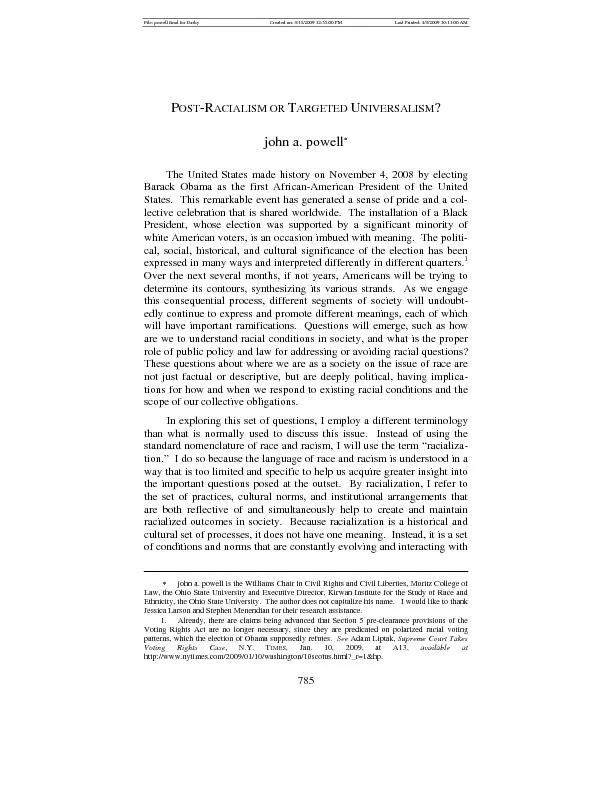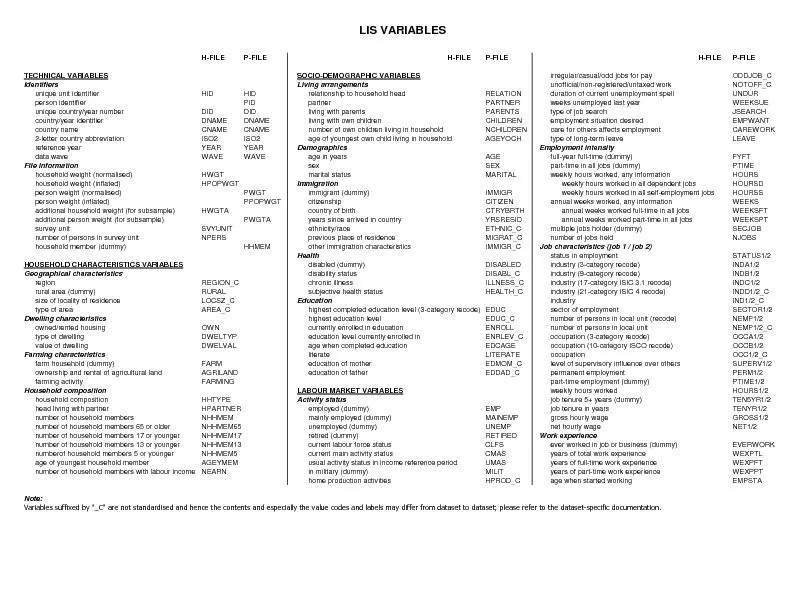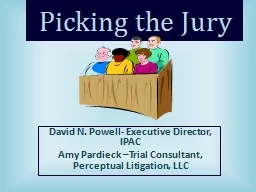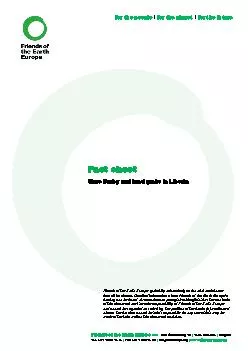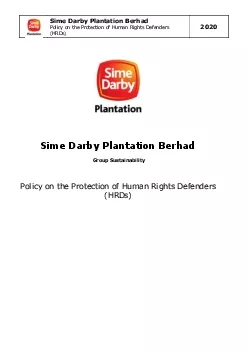PDF-File: powell final for Darby Created on: 3/15/2009 12:55:00 PM Last Pr
Author : marina-yarberry | Published Date : 2016-07-18
NIVERSALISM john a powell is the Williams Chair in Civil Rights and Civil Liberties Moritz College of Law the Ohio State University and Executive Director Kirwan
Presentation Embed Code
Download Presentation
Download Presentation The PPT/PDF document "File: powell final for Darby Created on:..." is the property of its rightful owner. Permission is granted to download and print the materials on this website for personal, non-commercial use only, and to display it on your personal computer provided you do not modify the materials and that you retain all copyright notices contained in the materials. By downloading content from our website, you accept the terms of this agreement.
File: powell final for Darby Created on: 3/15/2009 12:55:00 PM Last Pr: Transcript
Download Rules Of Document
"File: powell final for Darby Created on: 3/15/2009 12:55:00 PM Last Pr"The content belongs to its owner. You may download and print it for personal use, without modification, and keep all copyright notices. By downloading, you agree to these terms.
Related Documents

